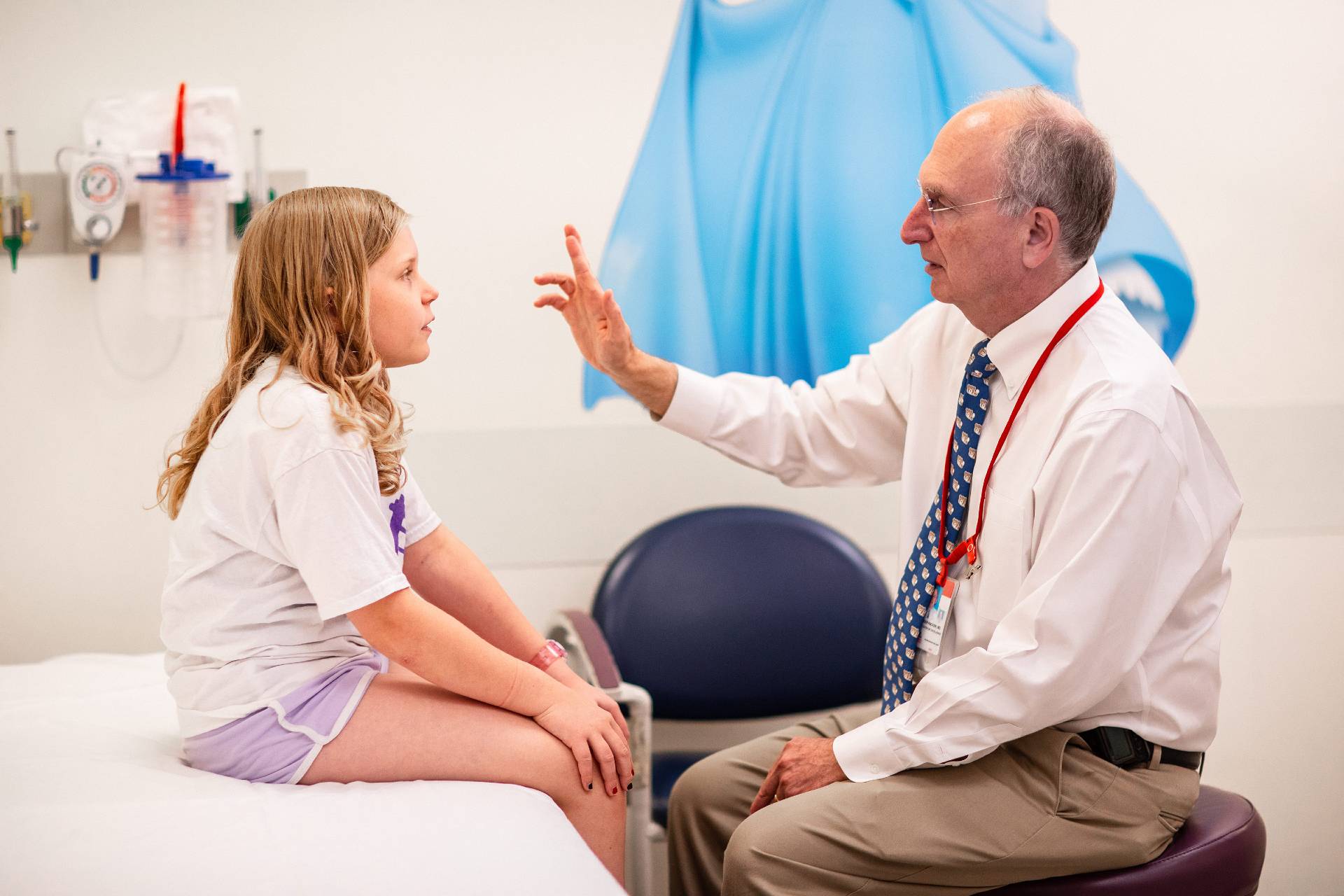Condition
Pediatric Schwannomatosis
What You Need to Know
Schwannomatosis is a very rare form of neurofibromatosis that has only recently been recognized and appears to affect about 1 in 40,000 individuals.
Key Symptoms
Symptoms may include:
- Pain develops when a schwannoma (tumor) enlarges, compresses nerves or presses on adjacent tissue.
- Some people experience numbness, tingling or weakness in the fingers and toes.
Diagnosis
Treatment
- There is no currently accepted medical treatment or drug for schwannomatosis, but surgical management is often effective.
- When tumors are completely removed, pain usually subsides, although it may recur if new tumors form.
Schedule an Appointment
Our pediatric specialists provide personalized care for your child’s physical, mental and emotional health needs. Meet our providers and schedule an appointment today.
Frequently Asked Questions
What is schwannomatosis?
What are the symptoms of a schwannomatosis in a child?
How is a schwannomatosis diagnosed in a child?
How is schwannomatosis treated in a child?
How can I help my child live with schwannomatosis?
Meet the Providers Who Treat Schwannomatosis
Departments that Treat Schwannomatosis

The Gilbert Family Neurofibromatosis Institute
Learn more about our world-renowned Gilbert Family Neurofibromatosis Institute, which helps children with neurofibromatosis type 1 or 2 live more normal lives.

Help Kids and Make a Difference
Invest in future cures for some of life's most devastating diseases. Give today to help more children grow up stronger.




